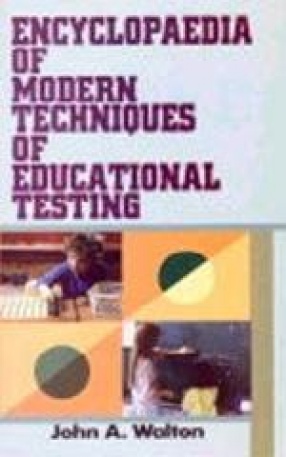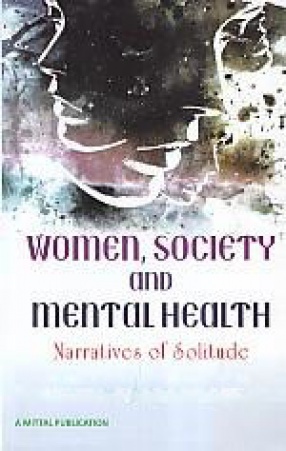The last half the nineteenth century was the establishment or public higher education in America, the enlargement of this education to include such fields as agriculture, engineering, and medicine, and a growing acceptance of the philosophy of the German and English universities, which regarded the intellectual growth of students as the primary responsibility of the institution. The conception of higher education in America changed from concern for the student as person to concern for the student as a pure intellect. There was a corresponding change in methodology from individualization to mass treatment. Students went along in lock step, and those who could not keep step dropped out or were pushed out with little consideration. The educational philosophy of this period tended to be one of this period tended to be one of intellectualism, and the methodology seemed production-line in character. About the beginning of the twentieth century a few voices began to be heard protesting against pure intellectualism and assembly-line methods. The growth of the free secondary school and universal education brought on the colleges and universities new pressures related to curriculum, conception of education, and treatment of students. A return to personalism and individualization had begun. The development of the testing movement made possible quantitative evidence of individual differences in scholastic ability, achievement, vocational interests, and personality traits quite as striking as those universally recognized-height, weight, colouring and other physical characteristics.
Encyclopaedia of Modern Techniques of Educational Testing (In 5 Volumes)
The concept of intelligence ...
$118.75
$125.00








There are no reviews yet.